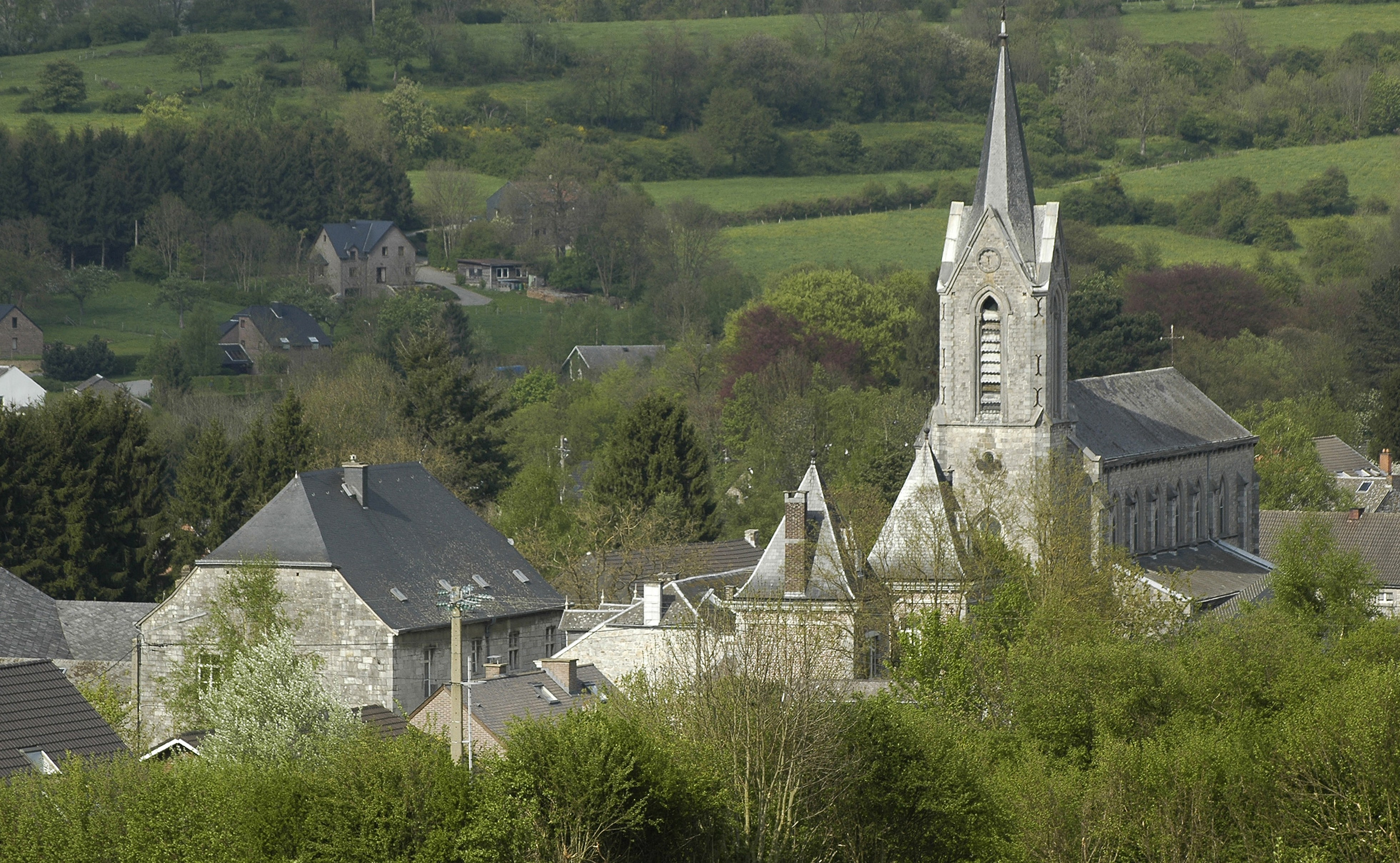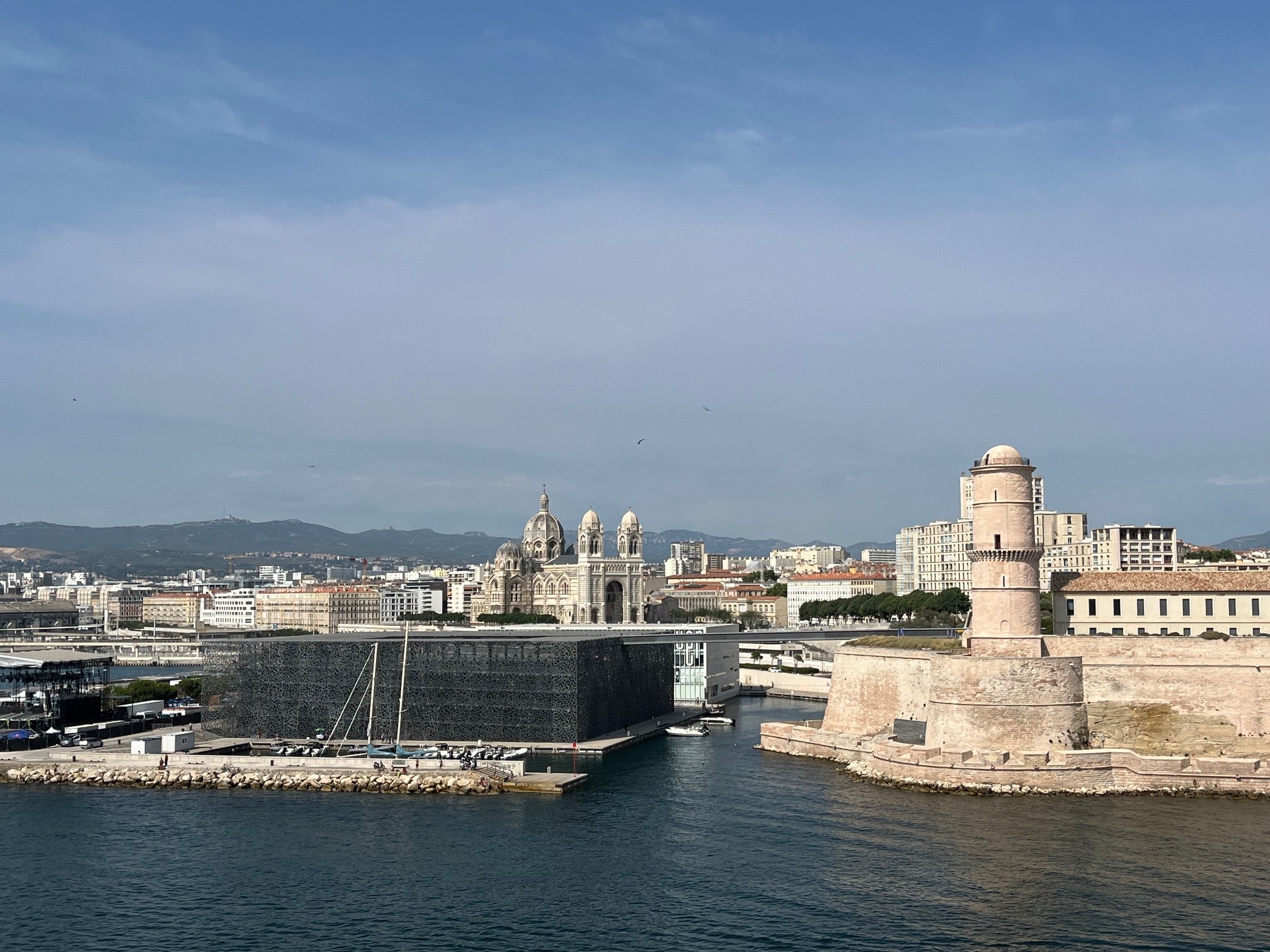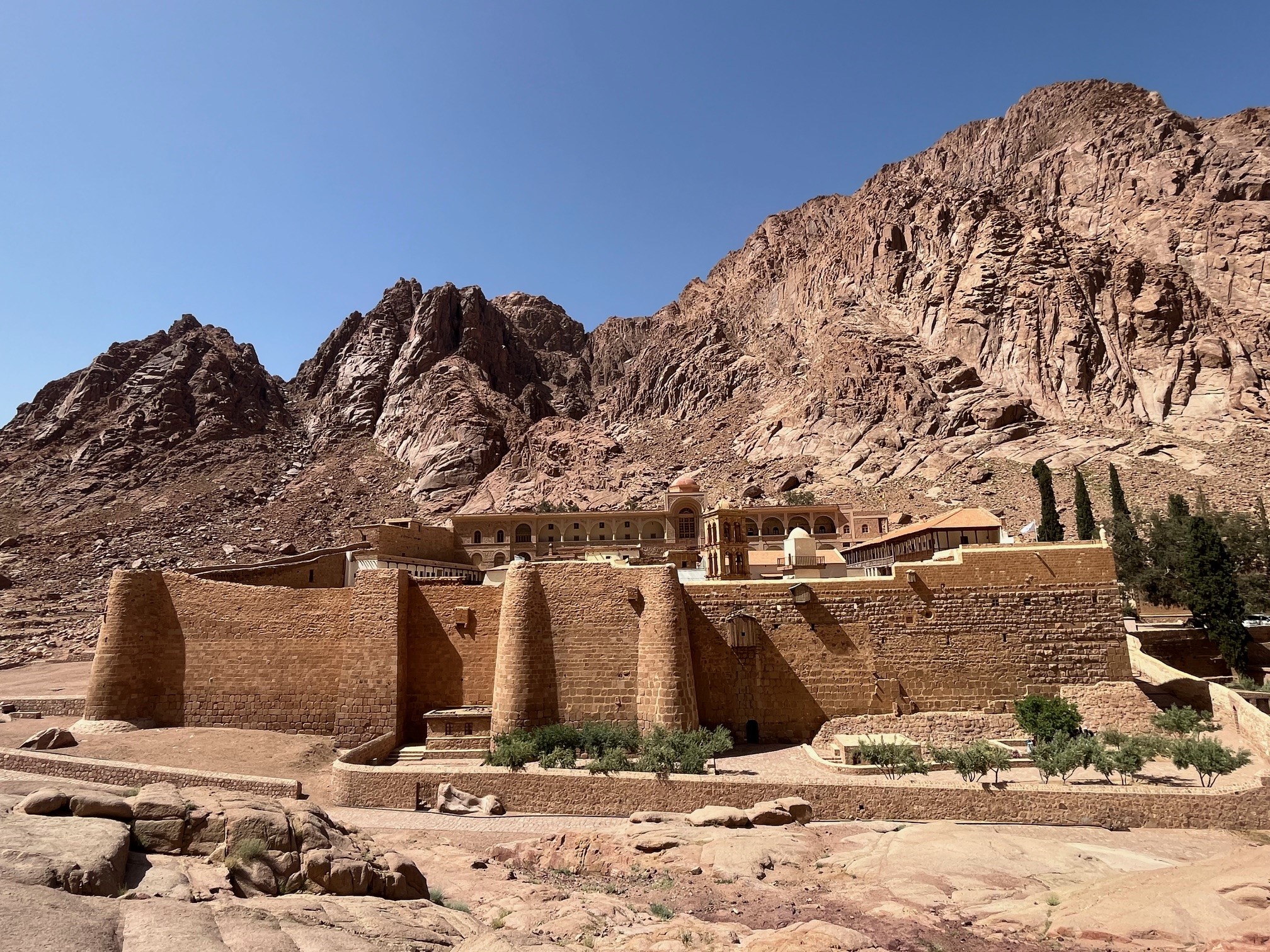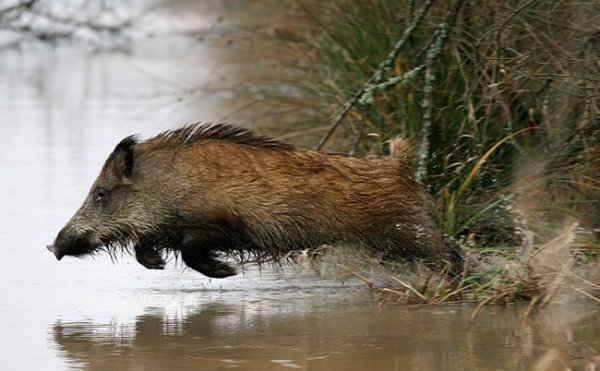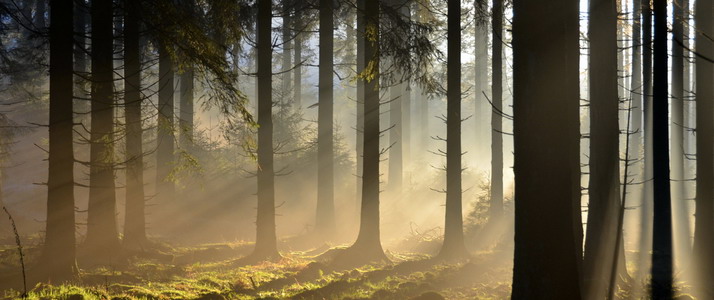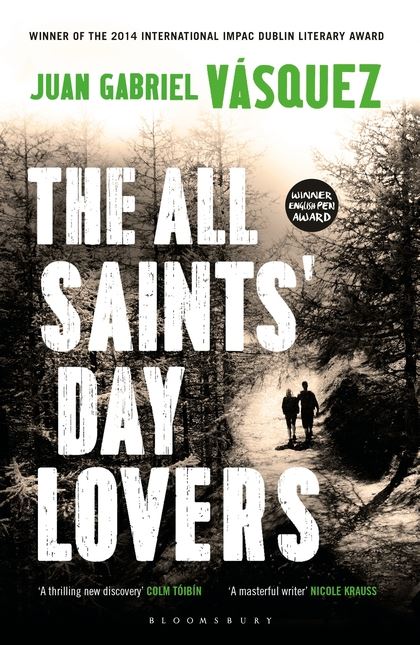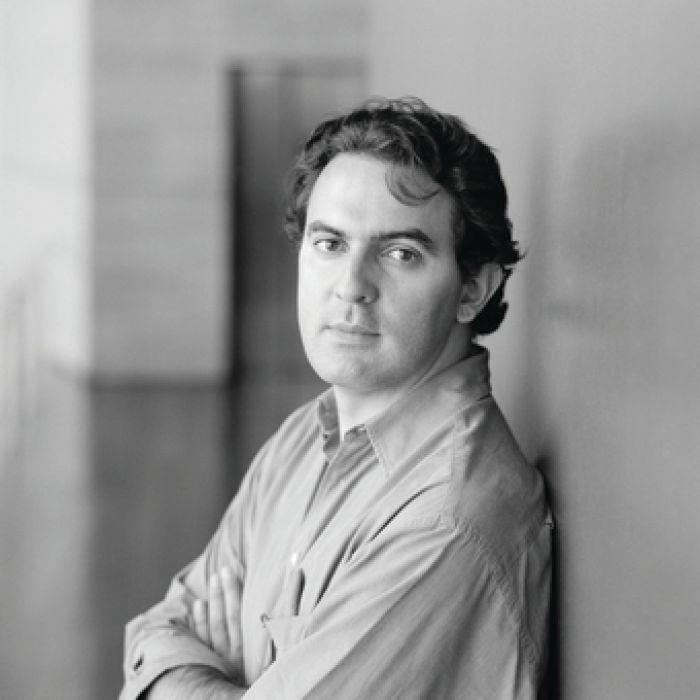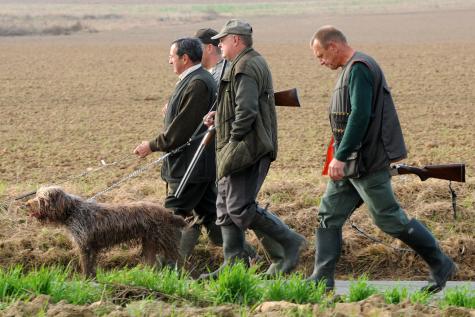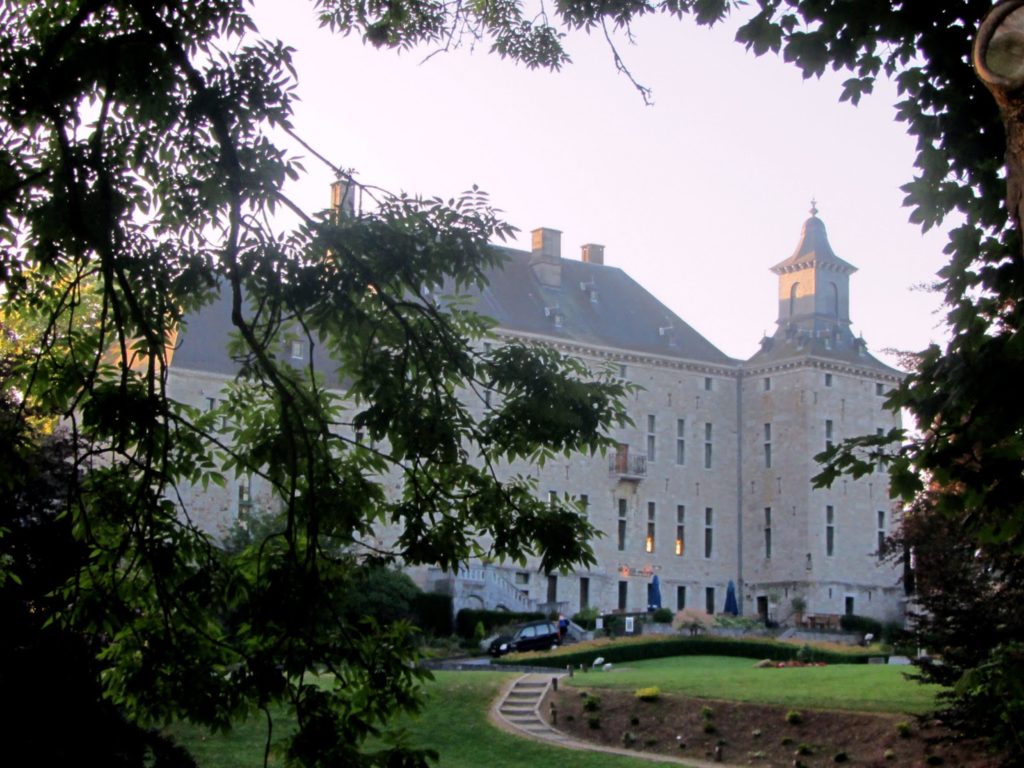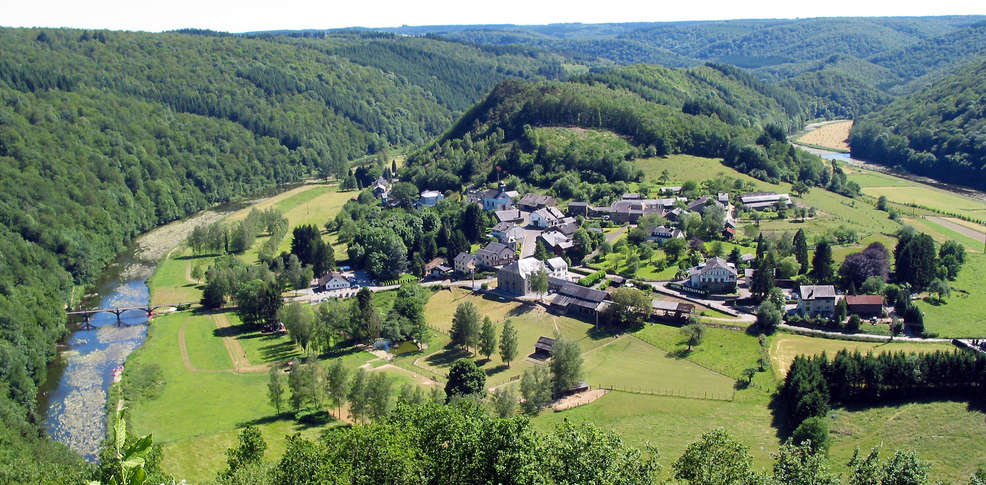Are « local » writers better placed to describe their country, their region or their city? This is a question that has bothered me a few times in writing this blog in which I am trying to match novels and travels. My post about Tanzania was probably too much dominated by Ernest Hemingway’s game hunting stories. My first post about Naples was filled with references to the French romantic authors, but I hope to have redeemed myself by describing my enthusiasm for Elena Ferrante’s Neapolitan novels. It is not clear whether Joseph Conrad has ever set foot in Colombia: he would only have sailed along the country’s coast. With « Nostromo » he nevertheless wrote a novel acclaimed all over the world, including by Juan Gabriel Vásquez, one of the most promising Colombian writers.
It is Juan Gabriel Vásquez who incidently gave me the opportunity to investigate further that question by, as it where, flipping it. Born in Bogota, he spent one year in Belgium at the age of 26 in 1999, and published a collection of short stories entitled « The All Saints’ Day Lovers (Los Amantes de Todos los Santos) ». The majority of the stories takes place in the Belgian Ardennes. It is a region which I happen to know relatively well and I was therefore curious to read how it would appear under the eyes of a young Colombian author.
Several of the short stories are set in the Ourthe valley, south of Liège, between the villages of Aywaille, Ferrières, Hamoir and Modave. They describe a comfortable rural bourgeoisie which enjoys hunting. Men gather in the misty autumn morning in a circle to hear the instructions for the battue. They only need a few words to understand each other, leave with their dogs in their large cars and go find their hunting posts. Some wives follow the hunt, while others stay at home to prepare the lunch. The rituals are time-honored and the families are linked together over generations.
In a world where tradition reigns but that can be rough, Vásquez has a very canny eye for details, describing with precision gestures, objects and atmospheres: the way a glass of Port is poured, the skinning of a hare, a Browning rifle being loaded. The authority in the voice of family head who does not allow any dissent. His acute look also allows him to lay bare, beyond what is left unsaid and the politeness exchanged between neighbors, the bitterness, the secrets and the betrayals. Disguised accidents, adultery, suicides or murders: the green valleys of the Ardennes hide many dramas under the soft cover of their forests and behind the imposing grey stones of their mansions.
I read each of the story with great pleasure and the book forms a very coherent collection. So, for me the experience was clearly positive: a writer – a brilliant one, admittedly– can, after spending there a few months, describe with accuracy and depth the atmospheres, habits and characters of a region which was initially completely unknown to him. And equally, a foreign eye is also an opportunity to rediscover under a new light places that one thinks knowing from every angle.
Thanks to Guillaume Ryelandt for his superb game and hunting videos shot in the Belgian Ardennes.
